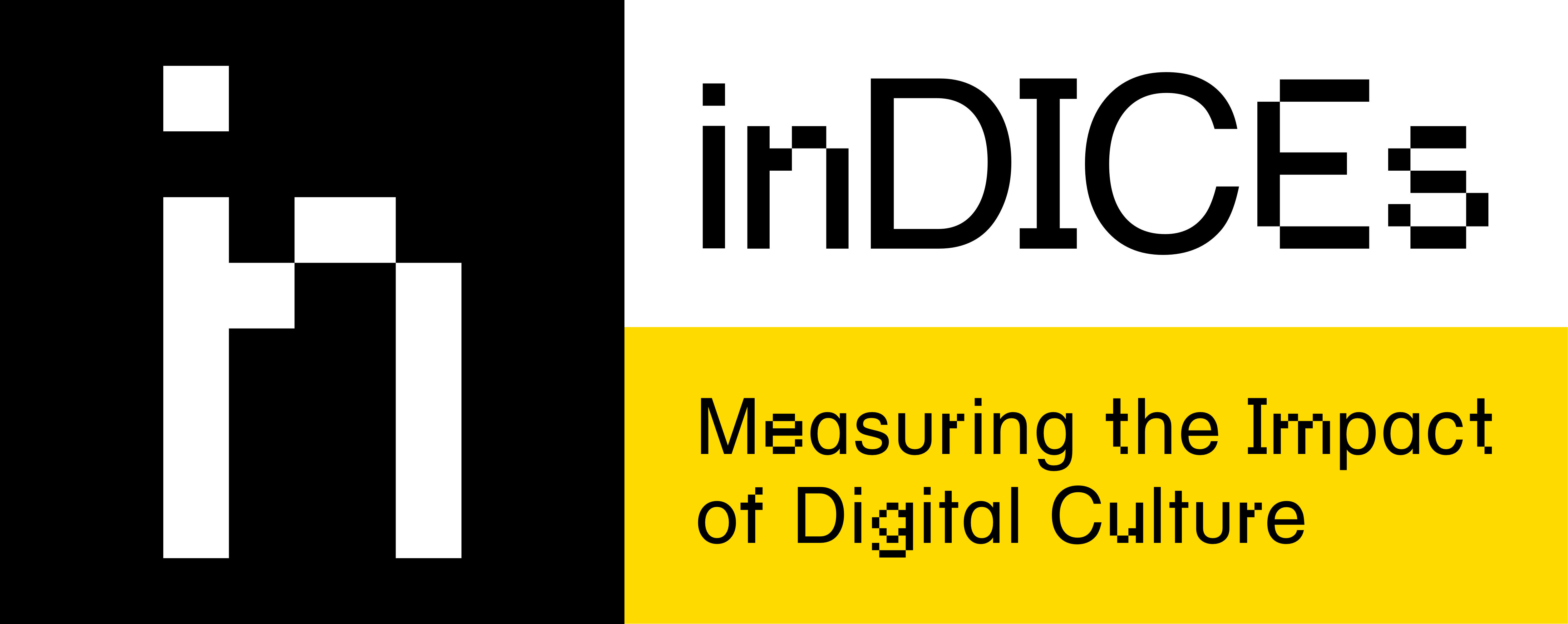work-packages
This work package provides the analytical and empirical backbone of the entire project, focused on the definition and calibration of the basic research methods of the project and to the consequent activities of data gathering and organization. Data acquisition will not only be conducted through standard methods but also through forms of participatory research that actively engage cultural prosumers as it is characteristic of the open communities of practice of Culture 3.0.
The objective of this work package is not only to provide an in-depth overview of the IP legal framework which is relevant for the activities of Cultural Heritage Institutions but to provide a comprehensive assessment of the current (and future) framework for stakeholders who may be put off by certain bottlenecks that the rules of IP may present. The two main tasks envisaged for WP2 will feed into the aspirations of WP1 and WP3.
The objective of this work package is to translate insights gained in WP1 and WP2 into policy recommendations, guidelines, how-to's and other tools, in order to make systemic changes that strengthen the potential of Cultural Heritage Institutions at the Digital Single Market.
Conversely, this part of the project will help CHIs to monitor trends, threats as well as mitigation actions and opportunities so as to flexibly adapt their strategies.
The scope of the work package is to co-design and build the inDICEs Open Observatory where to manage, collect and display data, trends, studies and visualizations of interest and influence for communities of practice, researchers and European cultural policy-makers.
In parallel to the Observatory co-design phase, this WP will generate an atmosphere of collaboration and trust among the different stakeholders (researchers, practitioners and policy-makers). The approach will be structured designing for both the rigorous academic as well as “the curious observer”.
This work package will be the public face for the project in terms of its interface to potential adopters of results and will outline the sustainability strategy. With this in mind, this WP aims to analyse and understand how to engage with specific target audiences, as well as to conduct specific activities with key players, influencers and other interested parties. Conversely, convert awareness and interest into the decision to adopt project results.


